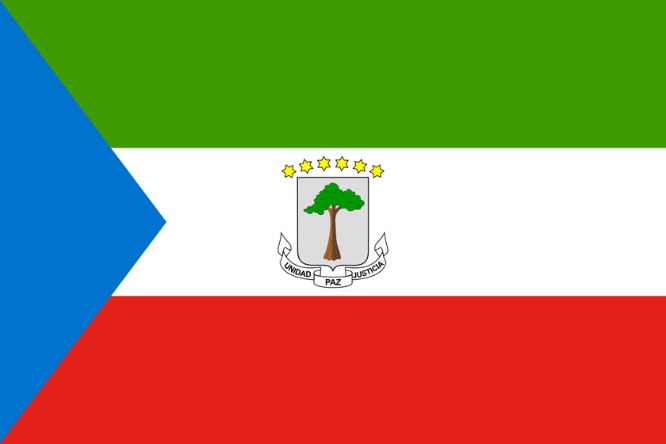Equatorial Guinea: The Spanish Voice of Africa
Take a journey to one of Central Africa’s hidden gems, Equatorial Guinea. With our group tours, you’ll enjoy the ease of traveling with a guide while discovering the unique beauty of this little-known country. Explore the lively capital city of Malabo, admire the Bilelipa waterfalls, and take in the stunning views from Basile Peak. Equatorial Guinea offers a wonderful mix of nature, culture, and history. Tourism here is still quite new, so you’ll enjoy a peaceful and authentic adventure, away from the usual tourist paths. As the only Spanish-speaking country in Africa, Equatorial Guinea has a unique cultural identity that sets it apart. Although it’s the smallest mainland country on the continent, it is full of exciting places to explore. Our tours bring curious and adventurous travelers together who enjoy discovering new destinations and learning about different cultures.
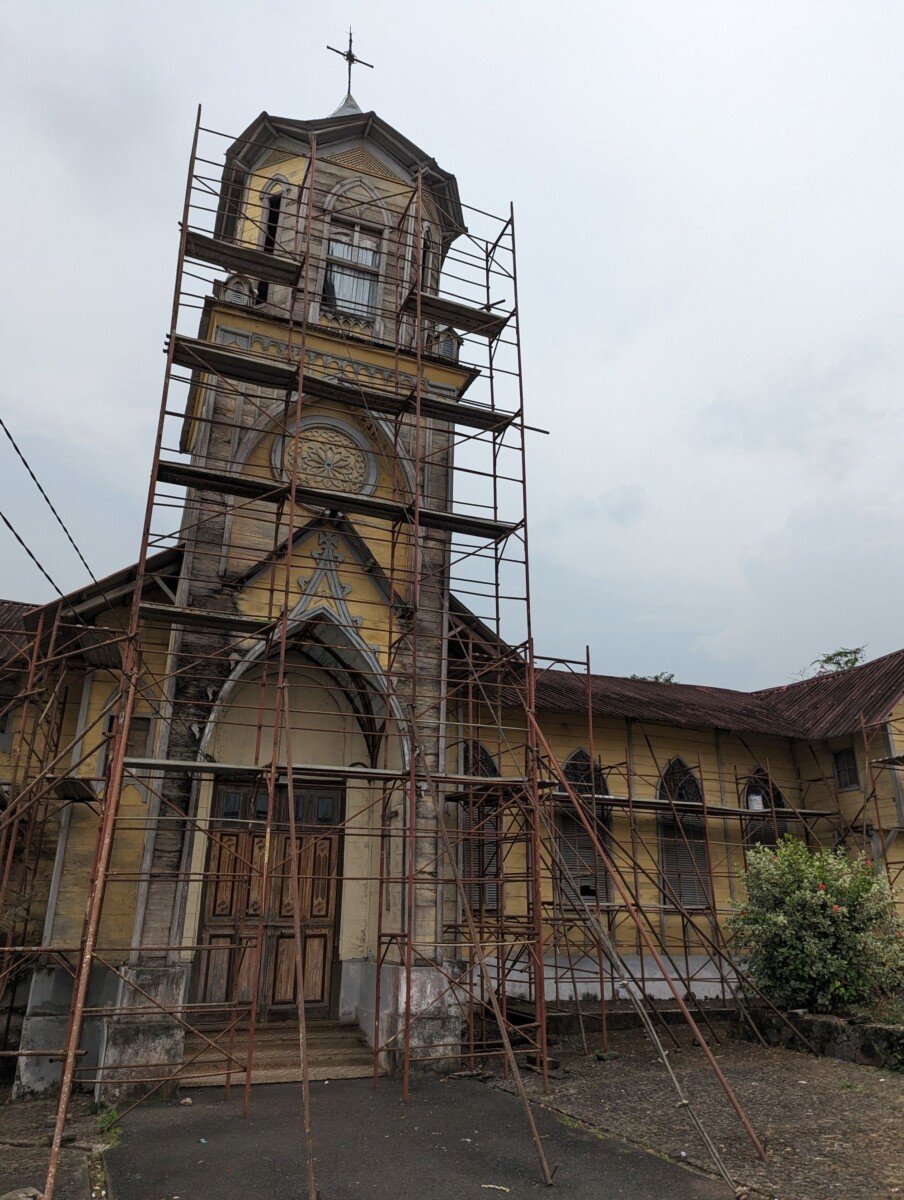
Come with us to Equatorial Guinea. Visit the capital city Malabo, marvel at nature at Bilelipa’s waterfalls and take in the views from Basile Peak. Enjoy the peaceful villages of Baney and Riaba, and learn about local wildlife at the Biodiversity Protection Centre. Join us and experience the rich local culture, nature, and charm during this tour!
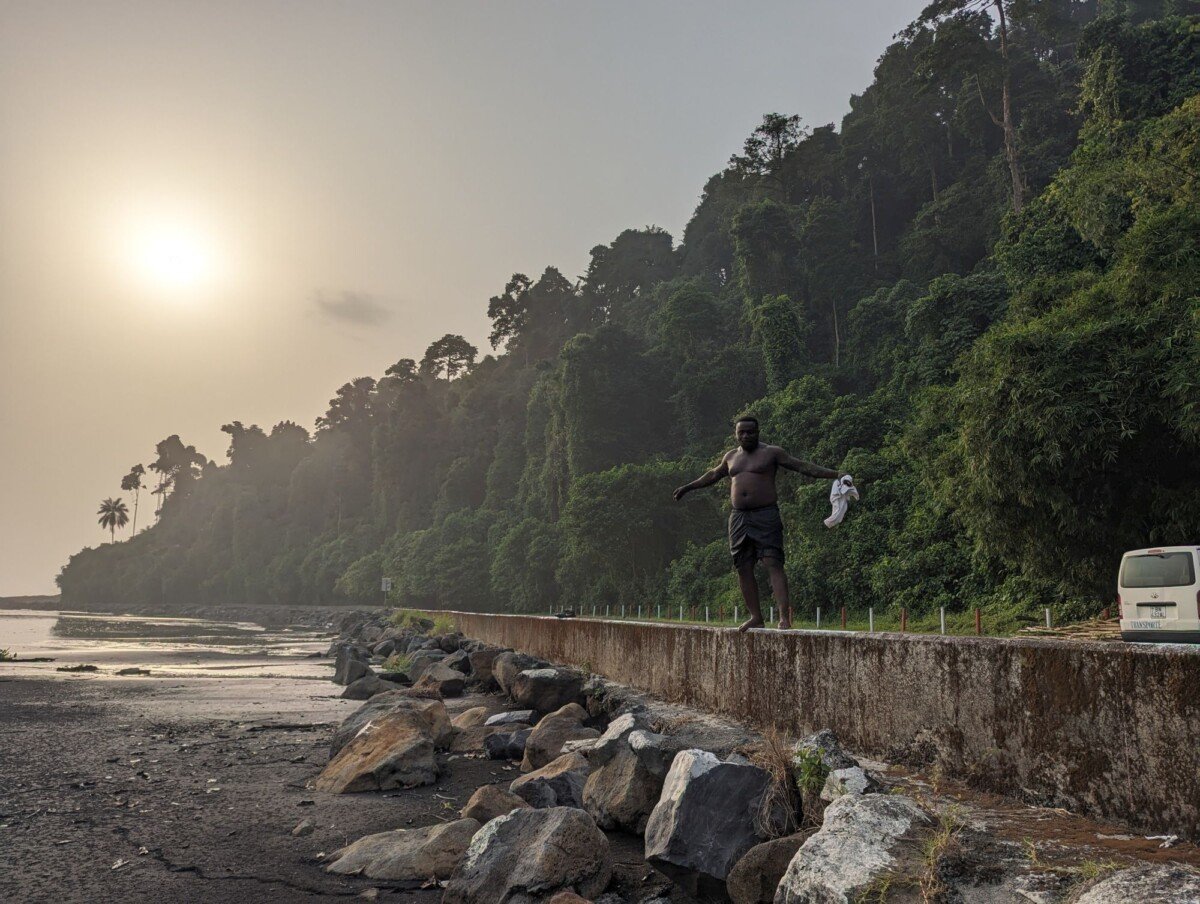
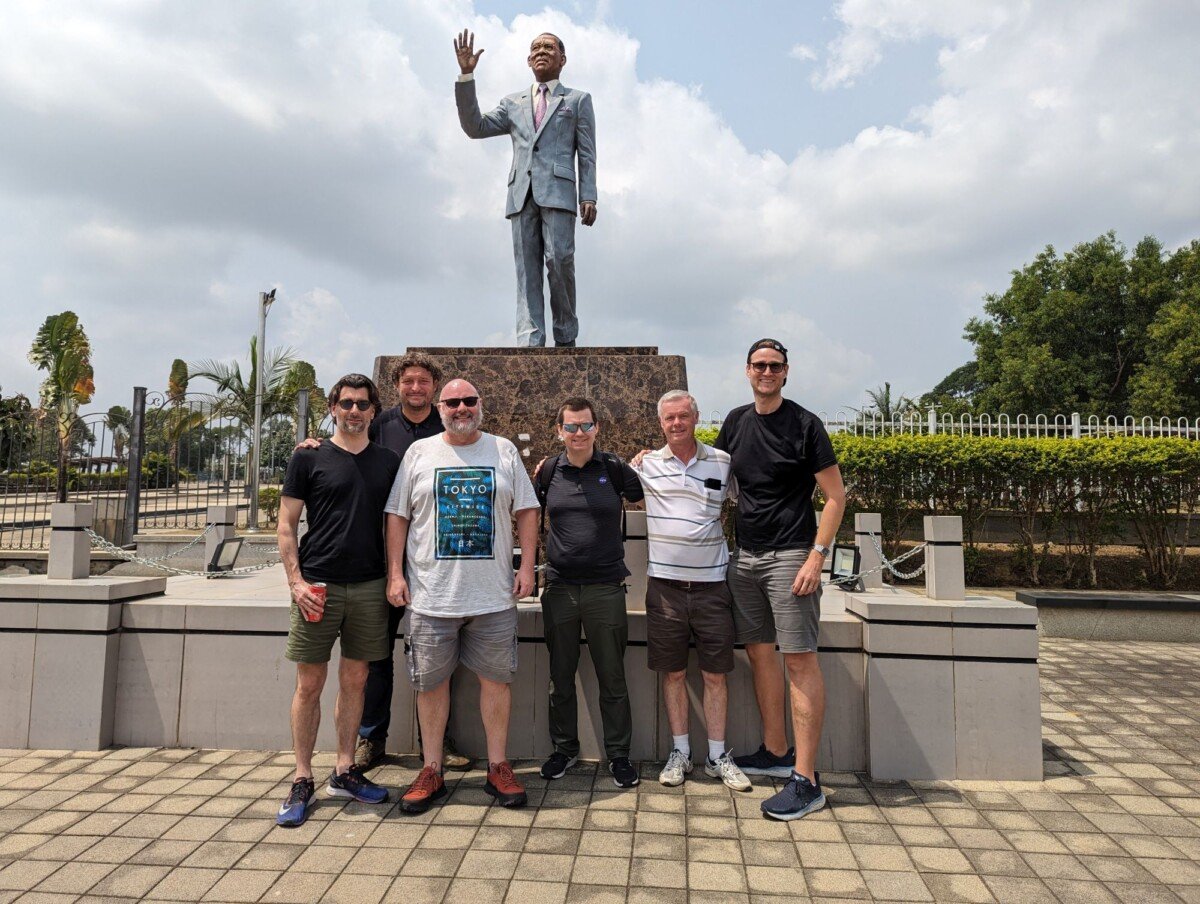
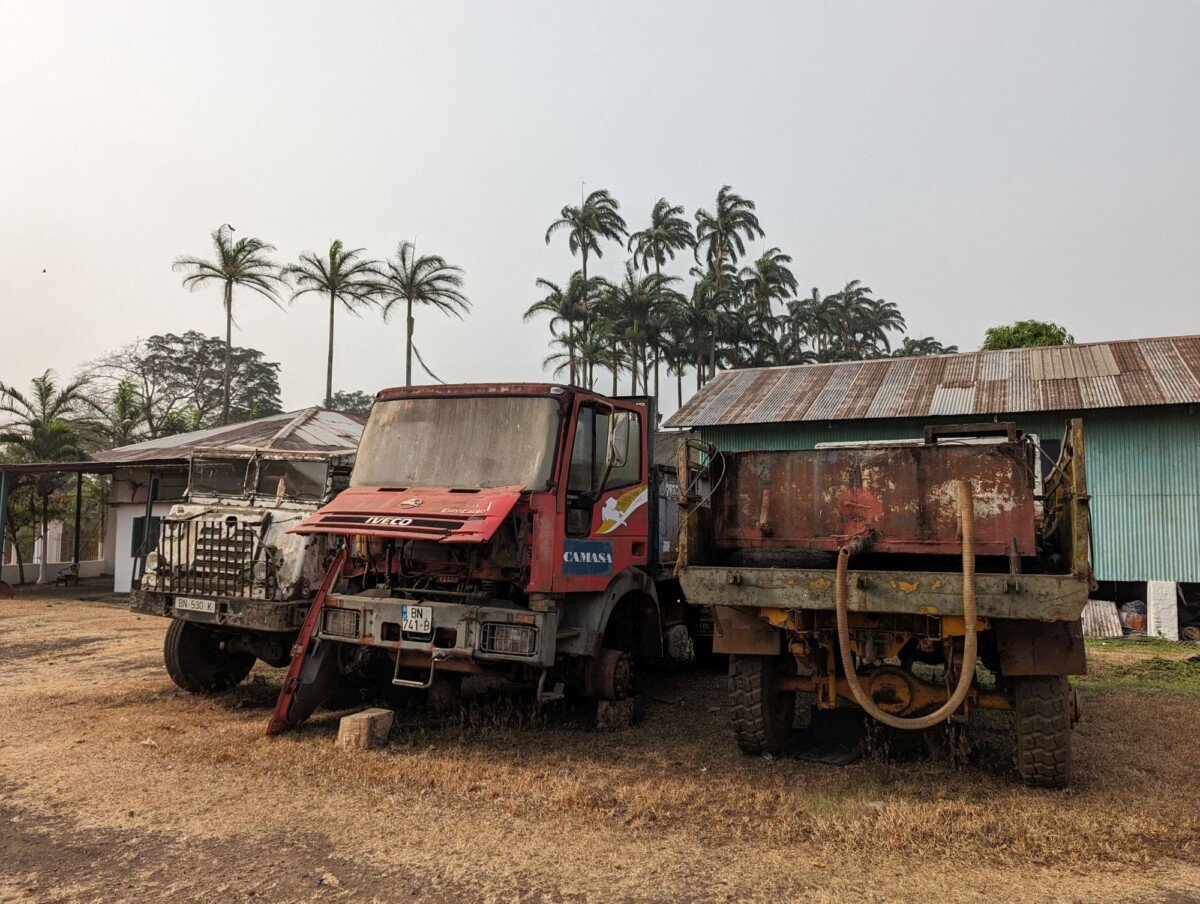
Malabo
The capital of Equatorial Guinea, Malabo, is a vibrant city filled with history and charm. You’ll find beautiful colonial architecture, especially around the city centre, along with lively markets and colourful streets. Don’t miss landmarks like Independence Square and the Malabo Cathedral. For a more relaxed day, visit the stunning Presidential Palace or enjoy the views from the harbour.
Basile Peak
For adventure lovers, Basile Peak is a must-see. At 3,011 meters high, it’s the tallest mountain in Equatorial Guinea and offers spectacular views of the island. The hike to the top is rewarding. Once there, you’ll enjoy panoramic views of the entire island and surrounding landscapes, including the three overlapping basaltic shield volcanoes.
Moka
Moka is a small village known for its natural beauty. It’s home to the Biodiversity Protection Centre, where you can learn about the country’s wildlife conservation efforts. Surrounded by lush forests and wildlife, it’s an excellent place for nature lovers to explore and enjoy peaceful landscapes.
Bilelipa Waterfalls
Located just outside the city, Bilelipa is famous for its stunning waterfalls. A one-hour walk through the forest takes you to the falls, where you can enjoy the beauty of the water cascading down the rocks. The surrounding nature is perfect for anyone looking to connect with the outdoors.
Church of Mother Bisila
Perched 2,800 meters above sea level, the Church of Mother Bisila offers not only a place for reflection but also breathtaking views of the surrounding landscapes. This church is an important part of the country’s cultural and religious history, offering visitors a chance to experience the serenity and beauty of the area.
Despite its small size, Equatorial Guinea became one of the wealthiest countries in Africa following the discovery of significant oil reserves in the 1990s. Before colonisation, the region was inhabited by various indigenous ethnic groups, including the Booby, Fang, and others. These groups had distinct cultural and social structures, with the Booby being the earliest inhabitants of the island of Bioko. The Fang, originally from the north, settled on the mainland and became the dominant ethnic group in the country.
Portuguese explorers first arrived in the late 15th century, using the islands as trading posts for slaves and other goods. In the 18th century, Spain established control over the region, naming it Spanish Guinea. The territory was divided between the mainland region, called Río Muni, and the islands of Fernando Po (now Bioko) and Annobón. Under Spanish rule, forced labour was employed to exploit natural resources like cocoa, coffee, and timber.
Equatorial Guinea gained its independence from Spain on October 12, 1968, after decades of colonial rule. Francisco Macías Nguema became the first president, but his authoritarian regime led to widespread human rights abuses, economic decline, and dishonest conduct by those in power. In 1979, Teodoro Obiang Nguema Mbasogo led a coup against Macías Nguema and took power. Although his regime was less brutal than his predecessor’s, Obiang’s long-standing rule has still faced criticism for human rights violations, repression, and a concentration of power among the elite.
Today, the World Bank estimates that Equatorial Guinea’s population is about 1.6 million people, made up of several different ethnic groups. The largest group is the Fang, who make up about 85% of the population. The Fang migrated from other parts of Africa to the region now known as Equatorial Guinea. The second-largest group is the Booby, indigenous to the island of Bioko, making up about 15% of the population. On the mainland, the Booby represent only about 1% of the population. There are also smaller groups of Pygmies, known as the Bakas, who live in forested areas and often maintain separate ways of life from the Bantu populations.
In terms of religion, the majority of people in Equatorial Guinea are Christian, with Roman Catholics making up the largest group. Some estimates suggest that up to 93% of the population practices Christianity. The remaining population follows animist beliefs, Islam, or no religion at all.
